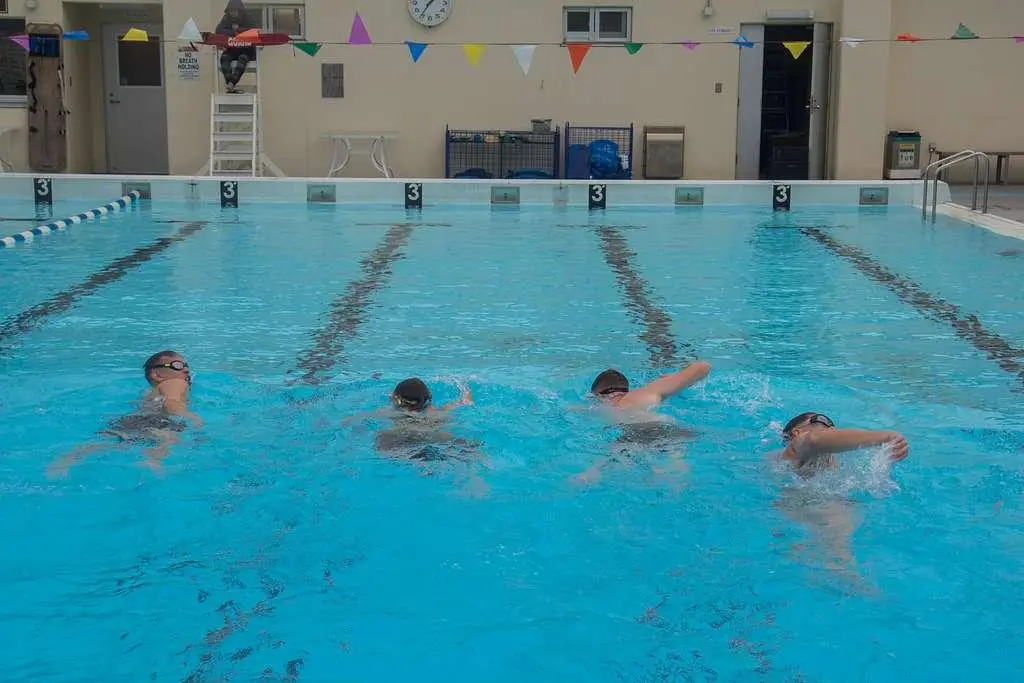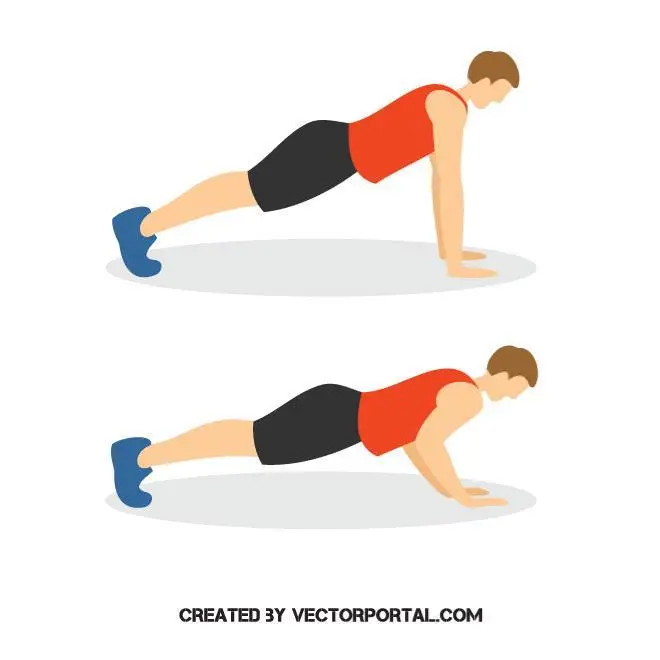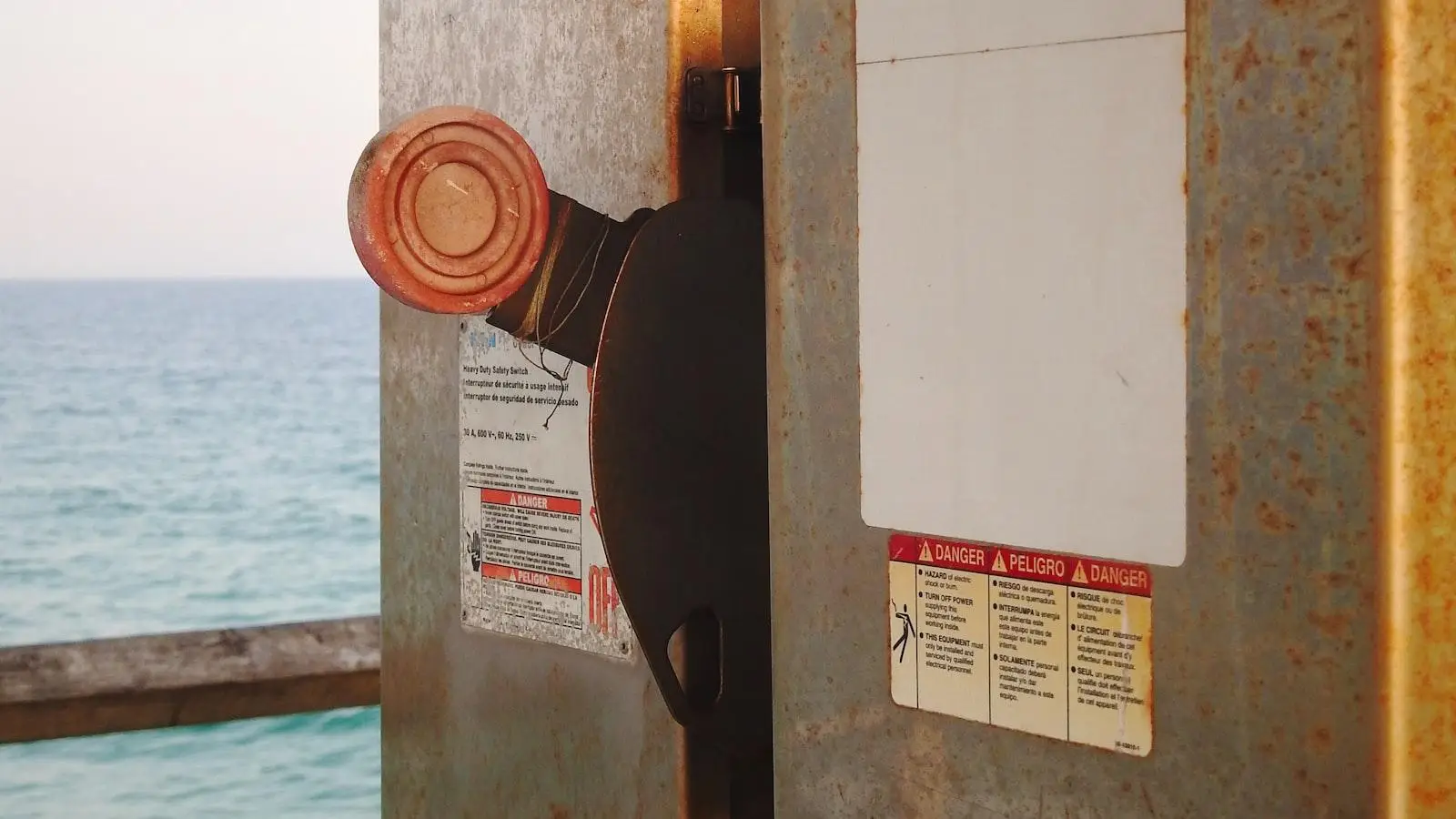Embark on a thrilling journey with Magnus as he takes on the ultimate challenge – the Navy SEAL physical screening tests. In this YouTube video, he shares his first-hand experience of the grueling 500 meter swim, push-ups, sit-ups, pull-ups, and a mile and a half run. Join us as we witness the intense moments of this test and find out if Magnus has what it takes to conquer these unforgiving tasks. Will he emerge as a shining example of determination and strength, or will he fall short of the mark? Let’s dive in and uncover the highs and lows of his unforgettable screening test experience.
Navy SEAL Screening Test Overview: The Ultimate Challenge

Embarking on the Navy SEAL physical screening test was a mix of excitement and nerves, with the ultimate challenge lying ahead. With a rigorous set of tasks including a 500-meter swim, push-ups, sit-ups, pull-ups, and a mile and a half run, the test serves as the entry point for aspiring Navy SEALs.
The first event, a 500-meter swim of 10 laps, requires swimmers to complete the course in under 12 minutes and 30 seconds. Each stroke must be precise and consistent to meet the stringent time requirement set by the test. The pressure is on to deliver peak performance right from the start.
Watching the clock tick down as the swimmer powered through each lap showcased the intense physical and mental fortitude required to conquer the screening test. With every stroke, the challenge became more daunting, pushing the limits of endurance and determination.
Despite falling short by a mere nine seconds, the experience shed light on the unforgiving nature of the test. Each task demands perfection, leaving no room for error. The journey through the Navy SEAL screening test revealed the unyielding dedication required to face the ultimate challenge.
500 Meter Swim: The Make or Break Event

My experience with the Navy SEAL physical screening test was nothing short of nerve-wracking. The 500 meter swim was the first event, and I was not prepared for the challenge it presented. The requirement to complete 10 laps in under 12 minutes and 30 seconds seemed daunting, especially for someone like me who was not a consistent swimmer.
As I watched Magnus take on the swim, the intensity of the test became apparent. He pushed himself to meet the time requirement, coming in just under the wire. It was a reminder of the physical demands that the Navy SEALs face on a daily basis, and the importance of being prepared for such challenges.
After the swim, the test moved on to push-ups, sit-ups, and pull-ups, each presenting its own set of challenges. The emphasis on proper form and the strict time limits made it clear that only those who were truly prepared physically and mentally would be able to pass the screening test.
Overall, my Navy SEAL screening test experience was a wake-up call to the level of fitness and determination required to succeed in such a demanding role. It highlighted the importance of training and preparation, and the significance of each event, especially the 500 meter swim, as a make or break moment in the screening process.
Push-ups and Sit-ups: Form and Endurance Matter

During my Navy SEAL physical screening test experience, the importance of form and endurance became crystal clear. The test itself is a grueling series of exercises that push you to your limits. From the 500-meter swim to the push-ups, sit-ups, pull-ups, and the mile and a half run, each element is designed to test not only physical strength but mental resilience as well.
Here are a few key takeaways from my experience:
Form Matters: As my proctor emphasized, proper form is crucial, especially when it comes to push-ups and sit-ups. Each rep must be executed with precision to ensure maximum effectiveness. Poor form can lead to exhaustion faster and hinder your overall performance.
Endurance is Key: The Navy SEAL physical screening test is a true test of endurance. Whether you’re swimming laps, pounding out push-ups, or running the final mile and a half, your ability to push through fatigue and discomfort will determine your success.
Training is Essential: My close call with the swim portion made it clear: consistent training is a must. Don’t underestimate the demands of the screening test. It’s crucial to train regularly to build the strength and endurance needed to conquer each element successfully.
In conclusion, my Navy SEAL screening test experience was a wake-up call. Push-ups and sit-ups are more than just exercises – they are a testament to your form and endurance. Embrace the challenge, train hard, and push yourself beyond what you thought possible. Only then can you truly master the art of untrained yet unstoppable strength and endurance.
Pull-ups: The Test of Upper Body Strength

Today, I had the nerve-racking opportunity to take on the Navy SEAL physical screening tests alongside a seasoned proctor. The physically demanding test is a crucial step for those aspiring to join the Navy SEALs, featuring a challenging lineup of events: a 500-meter swim, push-ups, sit-ups, pull-ups, and a mile and a half run.
The first event, a grueling 500-meter swim - equivalent to 10 laps – tested my endurance and swimming ability. With a time limit of 12 minutes and 30 seconds, every stroke counted towards making the cut. As I pushed myself lap after lap, the pressure intensified, and I had to summon every ounce of energy to meet the required time.
At the end of the swim, I fell short of the target time by a mere nine seconds, a reminder that consistent training and preparation are vital for success in these rigorous tests. With push-ups, sit-ups, and pull-ups still ahead, I geared up for the challenges that lay ahead, determined to prove my mettle in the face of adversity.
As the test unfolded, I embraced the intensity of each task, recognizing that these tests are not just physical trials but also mental ones. The Navy SEAL screening test truly lived up to its reputation as a test of upper body strength, pushing me beyond my limits and showing me the power of perseverance in the face of daunting challenges.
The Mile and a Half Run: Endurance and Speed Combined

“Untrained and Unstoppable: My Navy SEAL Screening Test Experience”
The Navy SEAL physical screening test is a rigorous assessment conducted at the entry level for aspiring Navy SEALs. The test comprises a challenging lineup of events including a 500-meter swim, push-ups, sit-ups, pull-ups, and a mile and a half run. Each event requires a perfect blend of endurance and speed, pushing candidates to their physical limits.
During my test, the 500-meter swim proved to be a formidable challenge, with a time limit of 12 minutes and 30 seconds to complete the distance. As I struggled to maintain my pace throughout the laps, I realized the immense value of consistent swimming training to excel in this demanding event. Despite falling short of the minimum time, the experience served as a wake-up call to prioritize preparation and exercise discipline.
As I moved on to the next events such as push-ups, sit-ups, and pull-ups, each exercise demanded precision and strength. With the proctor enforcing strict form guidelines, I pushed myself to meet the required standards, understanding the necessity of physical readiness for the Navy SEAL training. Although my initial performance highlighted areas for improvement, the test experience provided invaluable insights into the dedication and determination needed to succeed in the elite field of Navy SEALs.
Training Recommendations for Success in the Navy SEAL Screening Test

If you want to succeed in the Navy SEAL Screening Test, proper training is essential. Here are some recommendations to help you prepare for the physical challenges:
- Swimming: Practice both the combat side stroke and breaststroke, as these are the accepted strokes for the 500-meter swim. Work on your endurance and speed to meet the minimum time of 12 minutes and 30 seconds.
- Push-ups: Focus on performing quality push-ups with proper form and full range of motion. Aim to complete 50 reps within the 2-minute time limit.
- Sit-ups: Work on strengthening your core muscles to execute the required number of sit-ups efficiently.
- Pull-ups: Develop upper body strength to meet the standards for pull-ups during the test.
Remember, consistency and dedication in your training will greatly increase your chances of success in the Navy SEAL Screening Test. Train smart, push yourself to the limits, and never give up on your goals.
Q&A
Q: What is the Navy SEAL physical screening test and what does it entail?
A: The Navy SEAL physical screening test is a test conducted at the entry level for Navy SEALs, which includes a 500 meter swim, push-ups, sit-ups, pull-ups, and a mile and a half run.
Q: What are the minimum requirements for the 500 meter swim portion of the test?
A: The minimum time to beat for the 500 meter swim is 12 minutes and 30 seconds. Going over this time results in failing the test.
Q: How did the participant in the video fare during the 500 meter swim portion of the test?
A: The participant completed the 500 meter swim in 12 minutes and 39 seconds, just 9 seconds short of the minimum time.
Q: What are the requirements for the push-ups portion of the test?
A: Participants are required to complete 50 push-ups in two minutes, with strict form being enforced.
Q: What other components make up the Navy SEAL physical screening test?
A: In addition to the 500 meter swim and push-ups, participants are also tested on sit-ups, pull-ups, and a mile and a half run as part of the screening test.
Final Thoughts
In conclusion, the Navy SEAL physical screening test is no joke. It requires a high level of physical fitness and preparation. The experience shared in the YouTube video shows just how tough and challenging the test can be, especially for those who are not consistent swimmers. So, if you’re considering taking the test, make sure to train and prepare adequately. Remember, with dedication and hard work, anything is possible. Good luck on your journey to becoming unstoppable!




Pingback: 7 Essential Tips for Maintaining Healthy Teeth and Gums - Dr Strong
Pingback: eos fitness - Dr Strong
Pingback: Revolutionizing Sexual Health: Insights from Dr. Rena Malik - Dr Strong
Pingback: fitness gym - Dr Strong
Pingback: fitness 4 you - Dr Strong